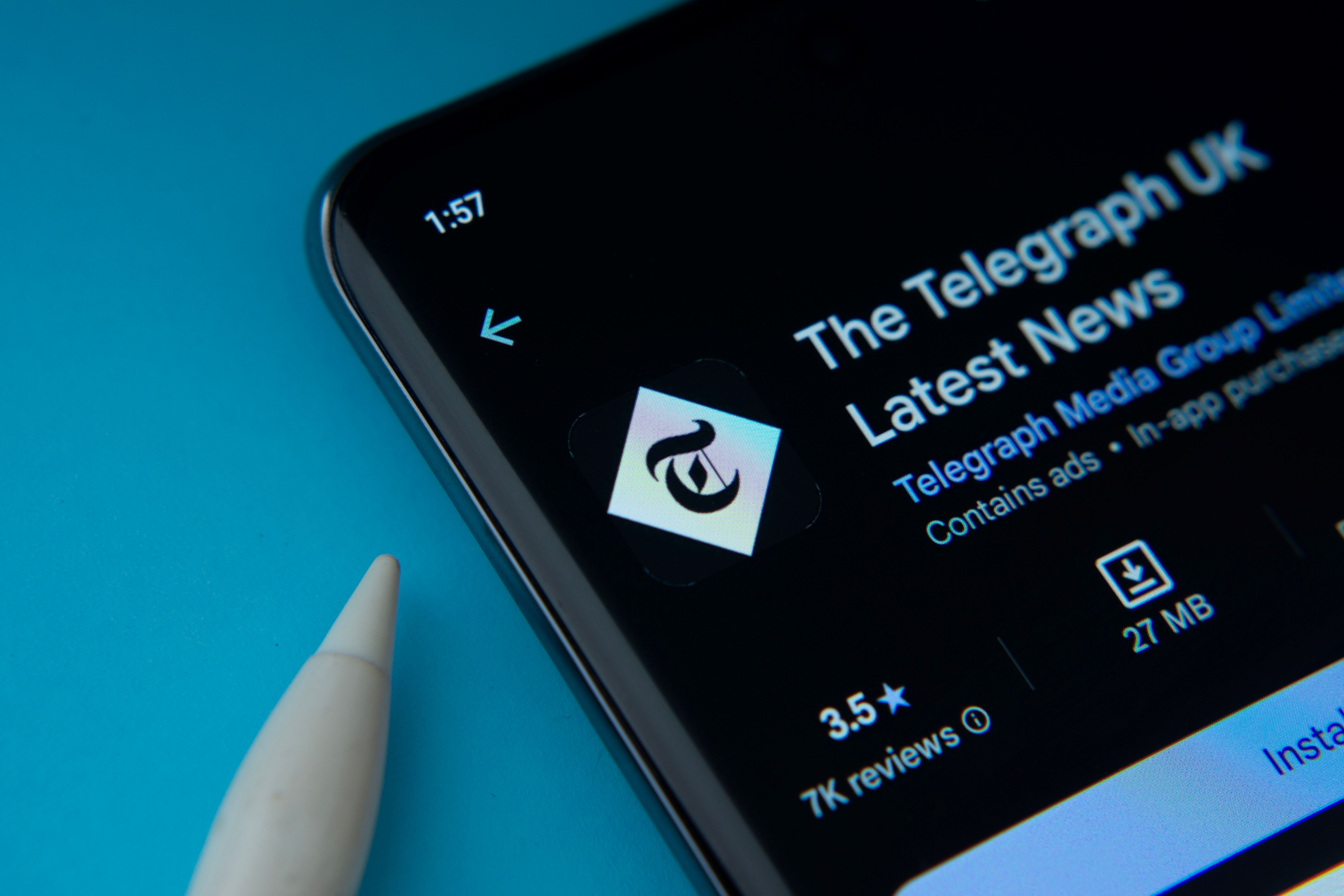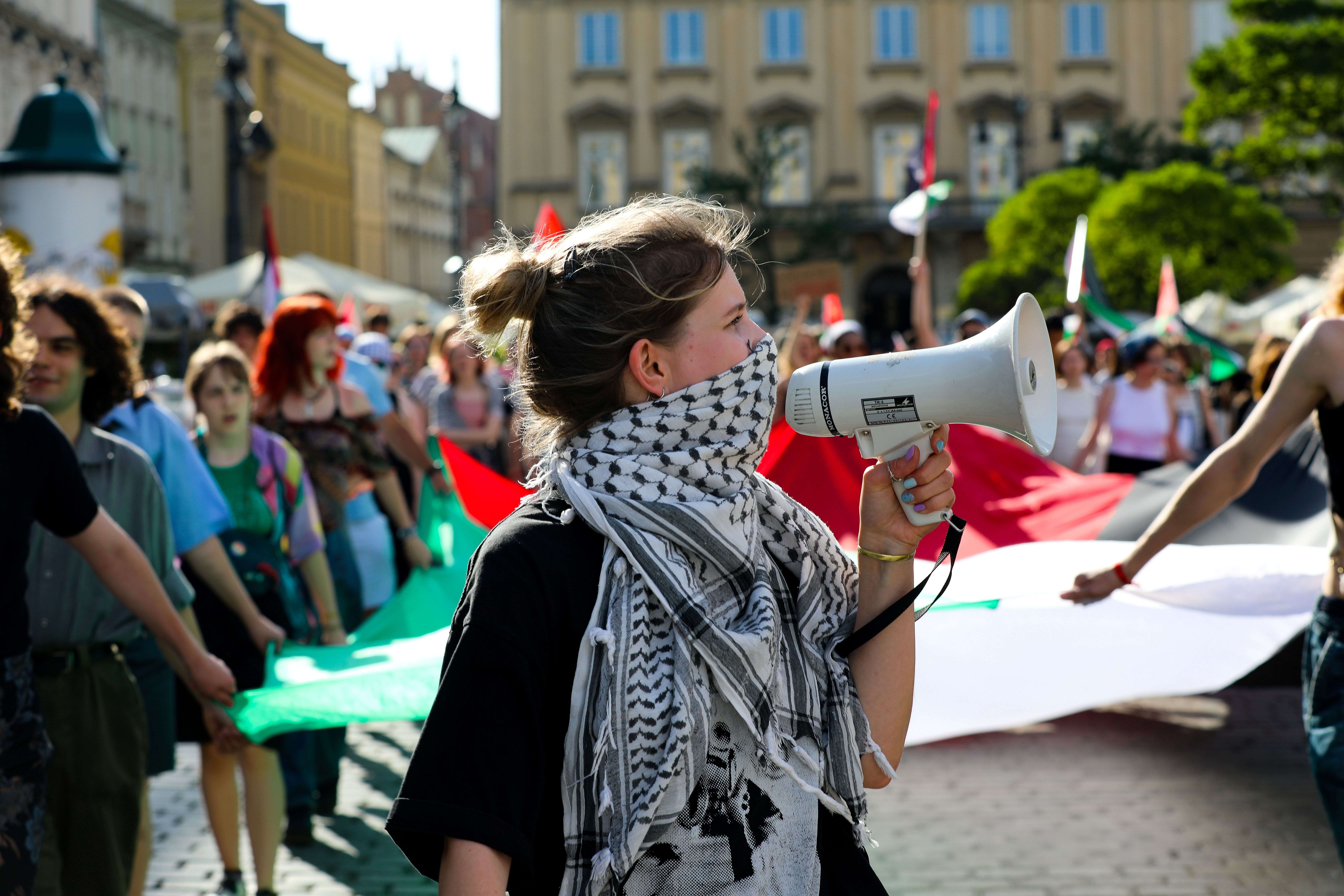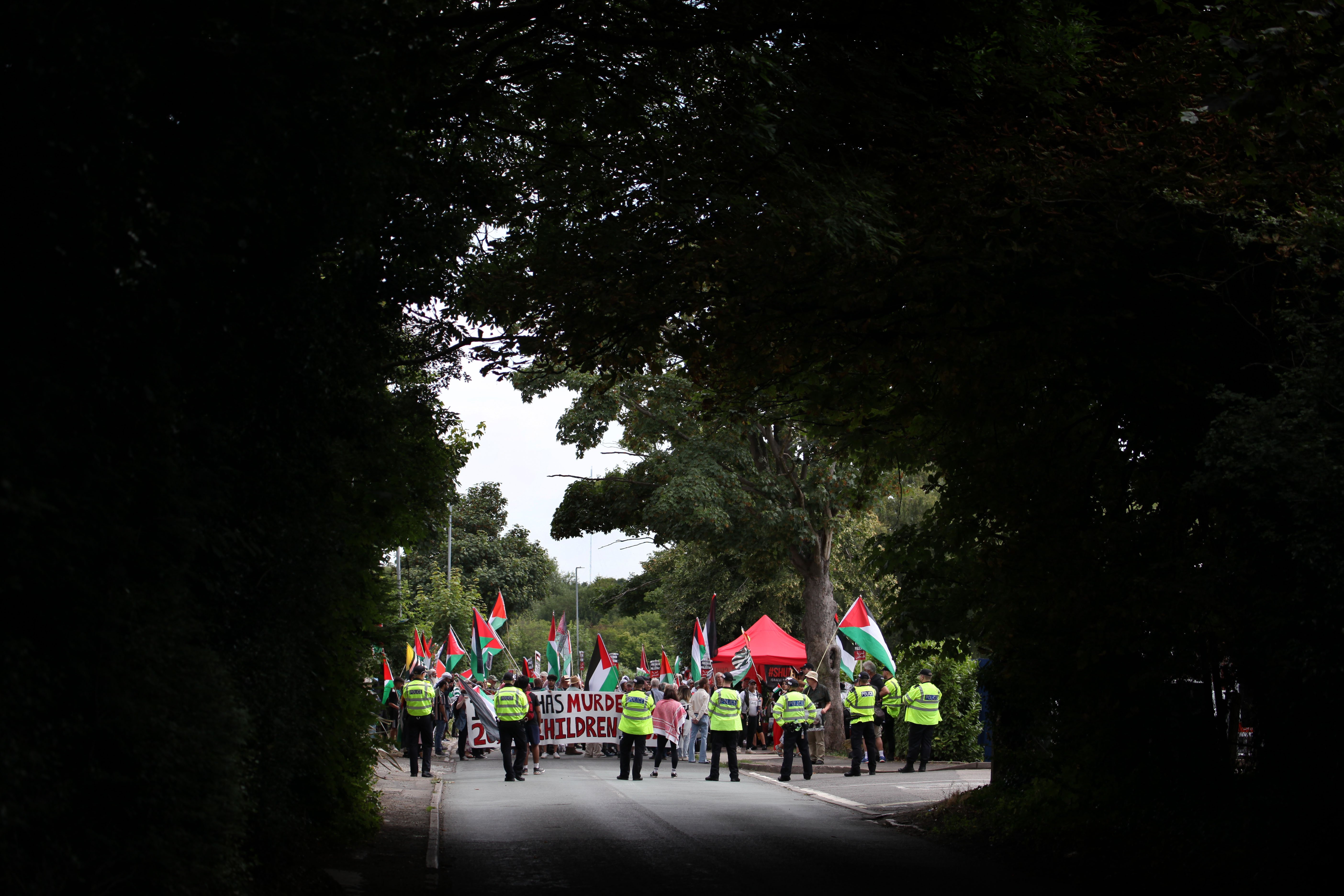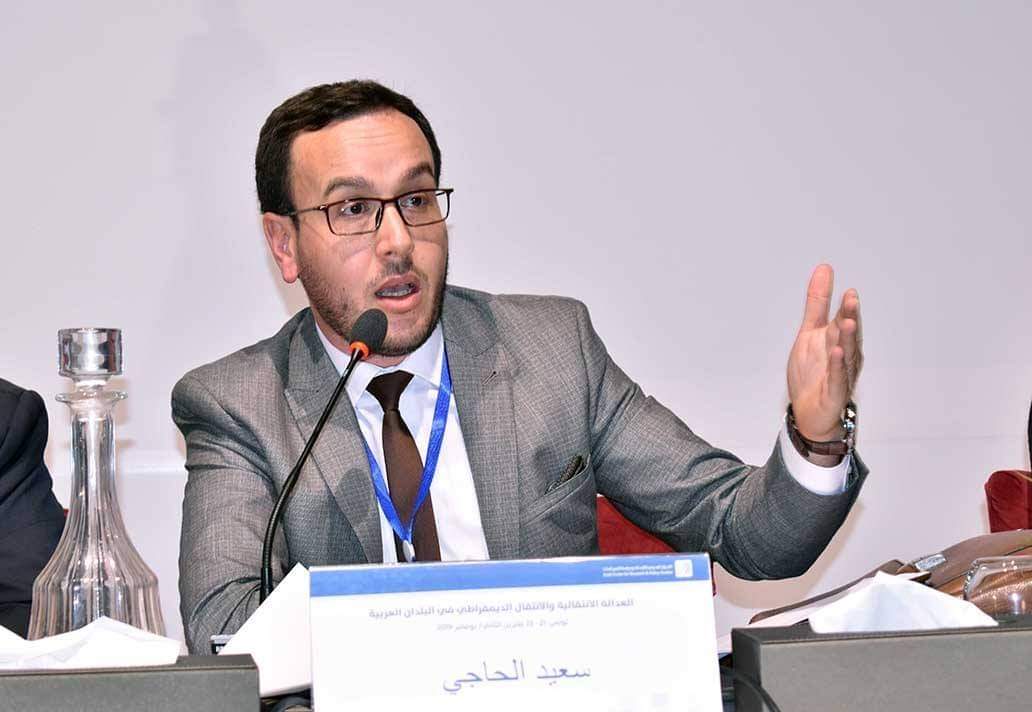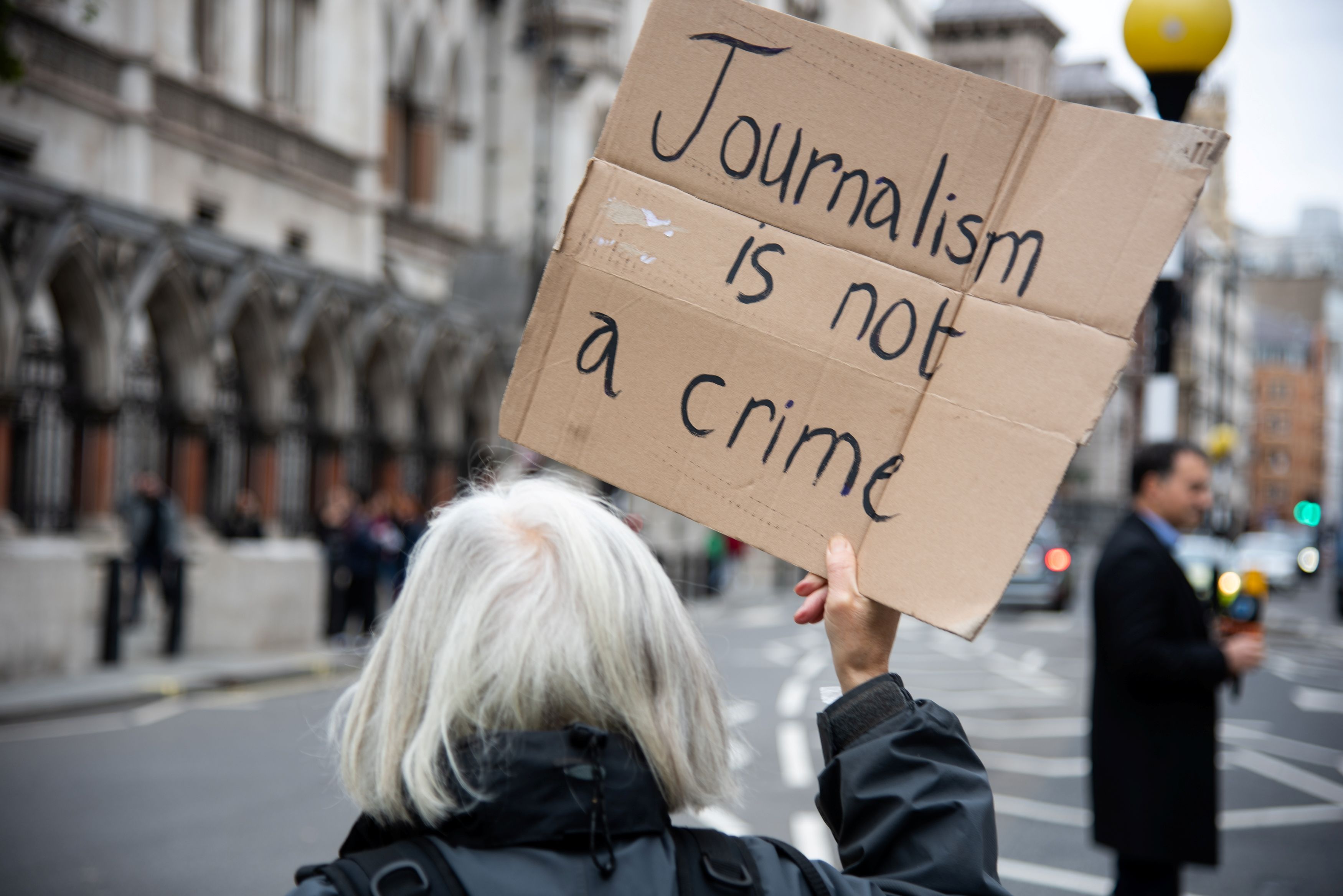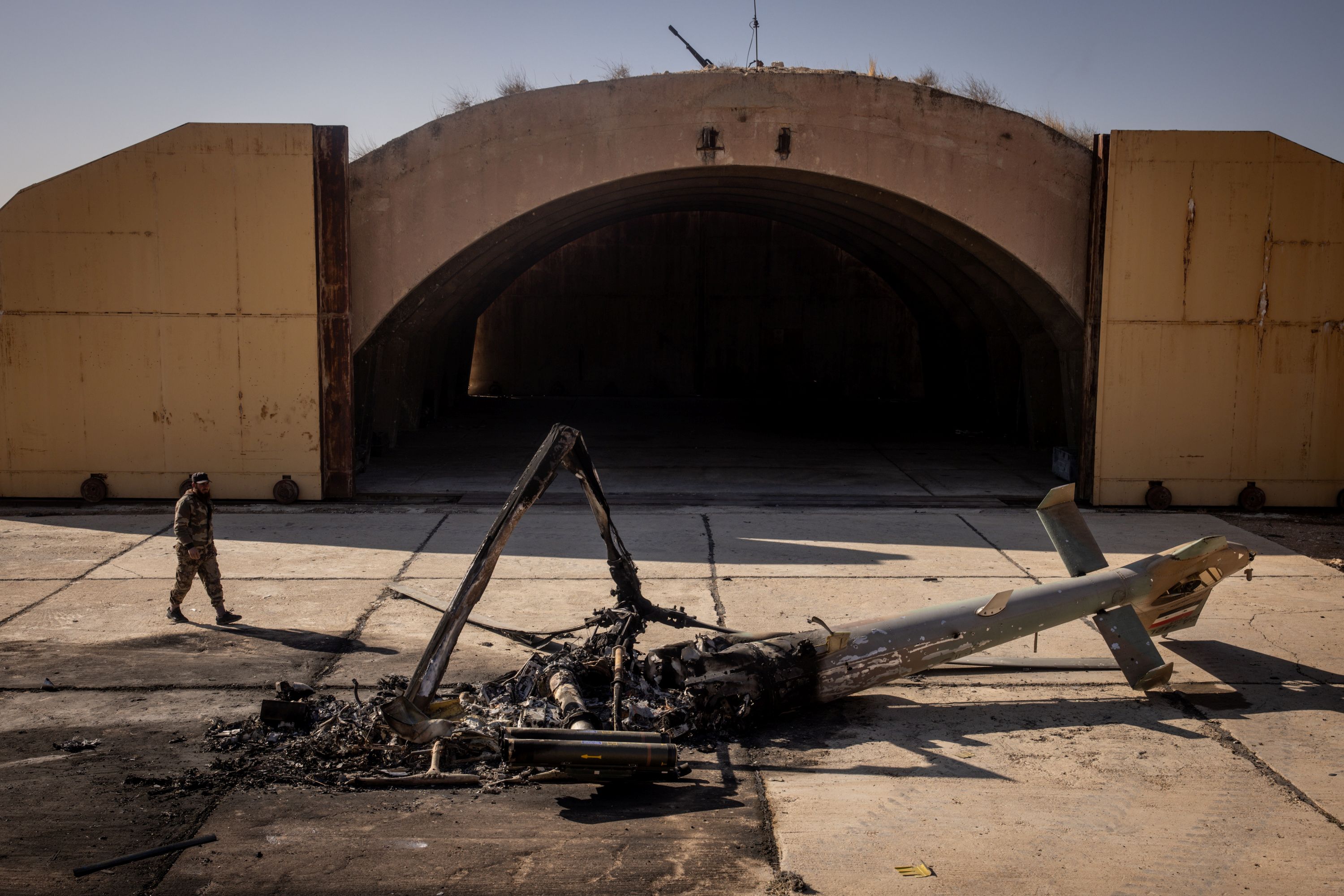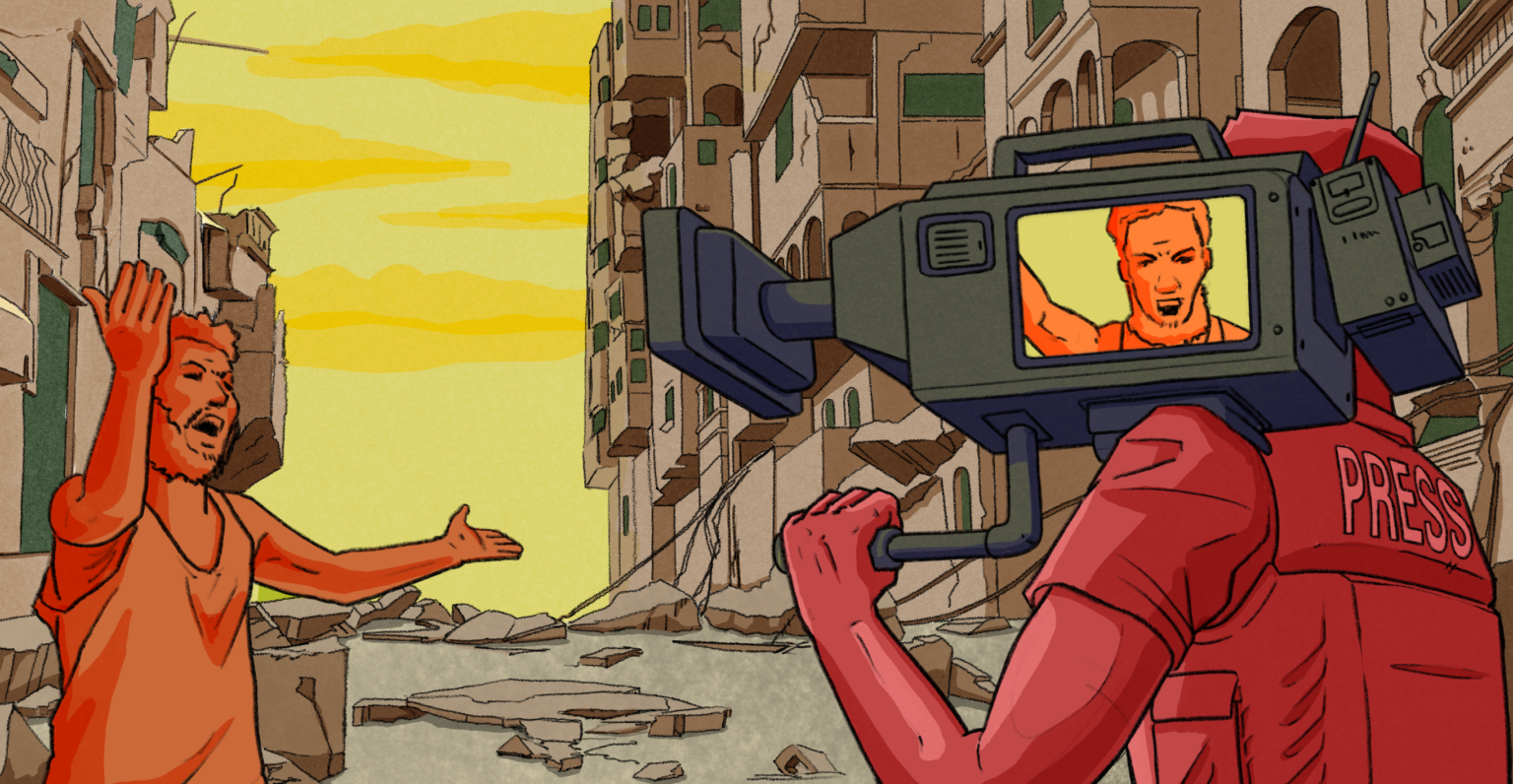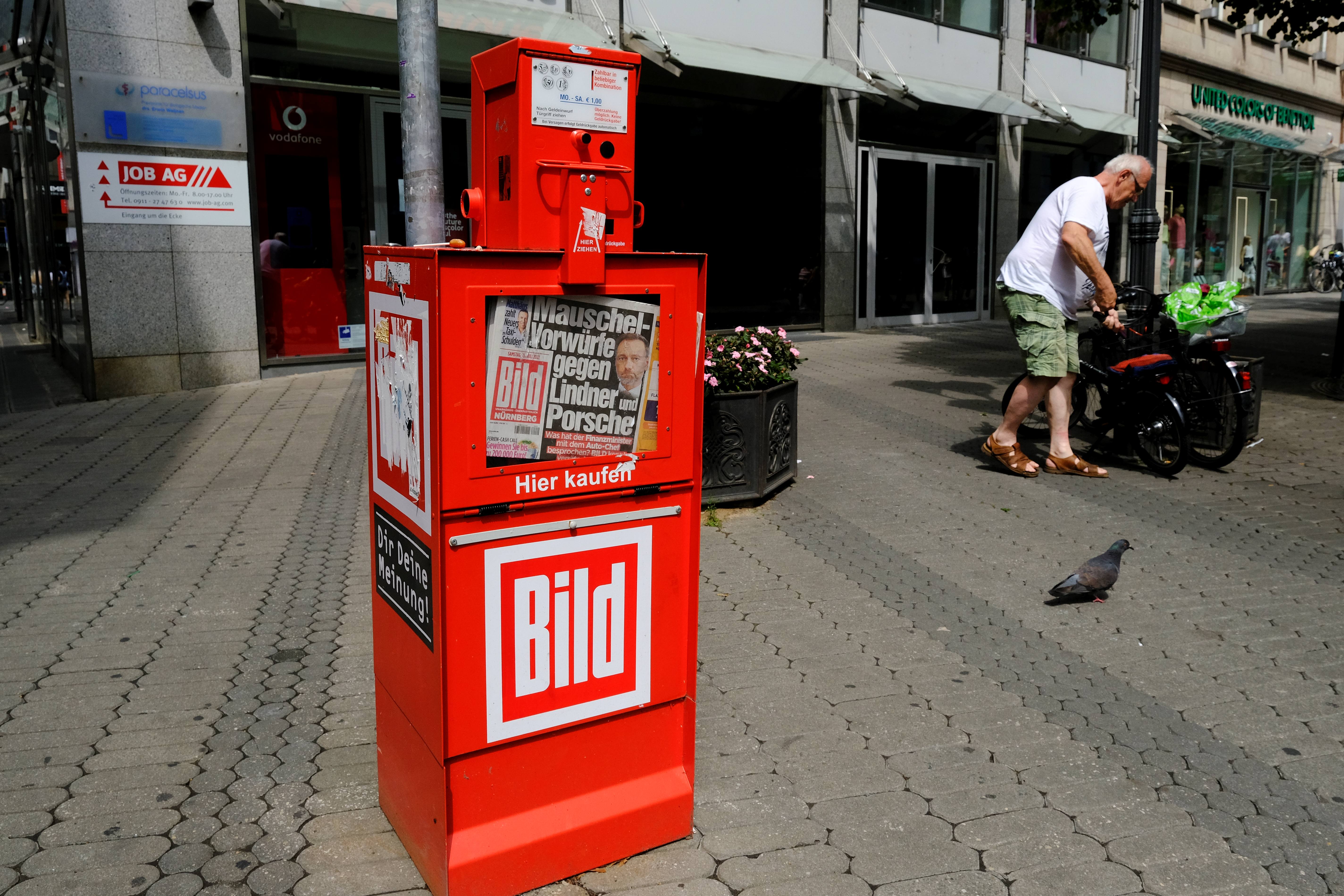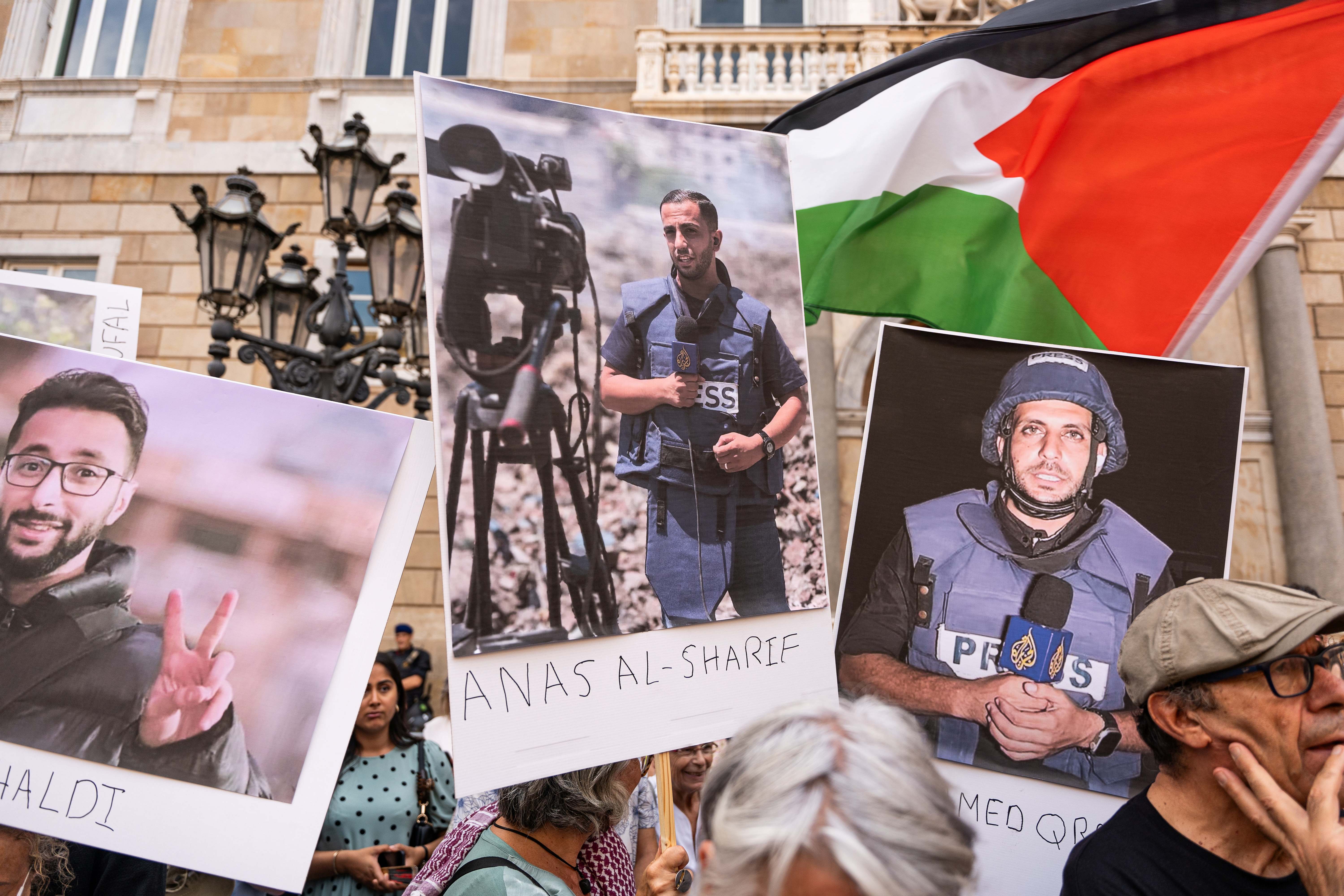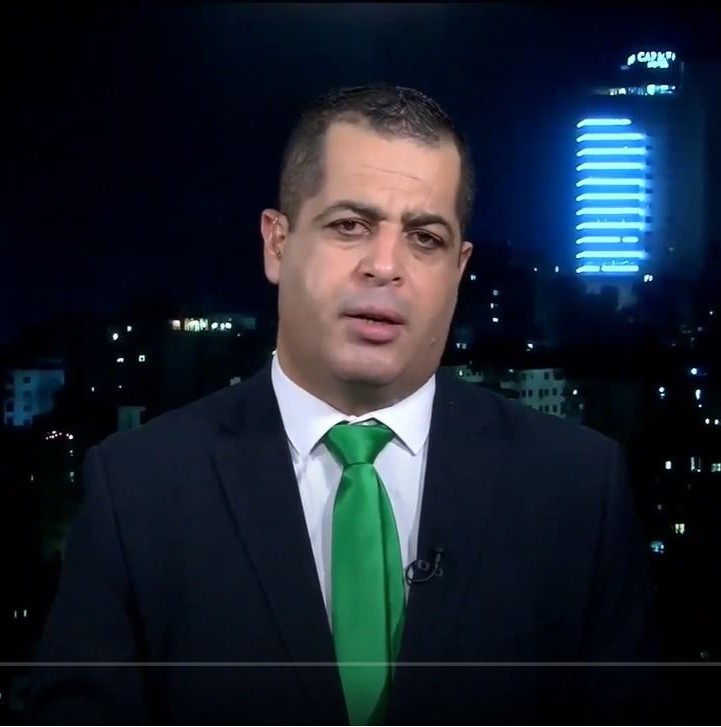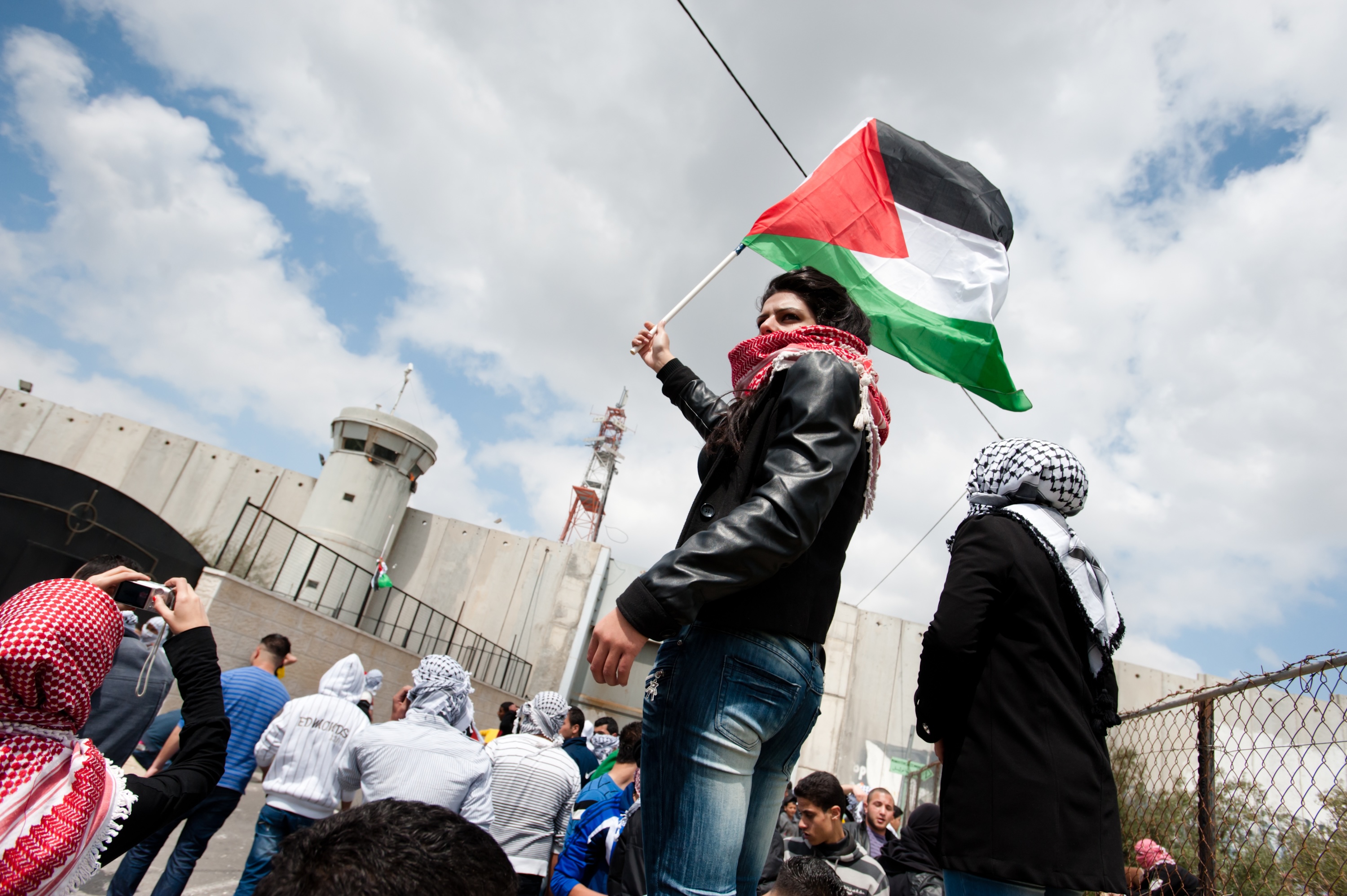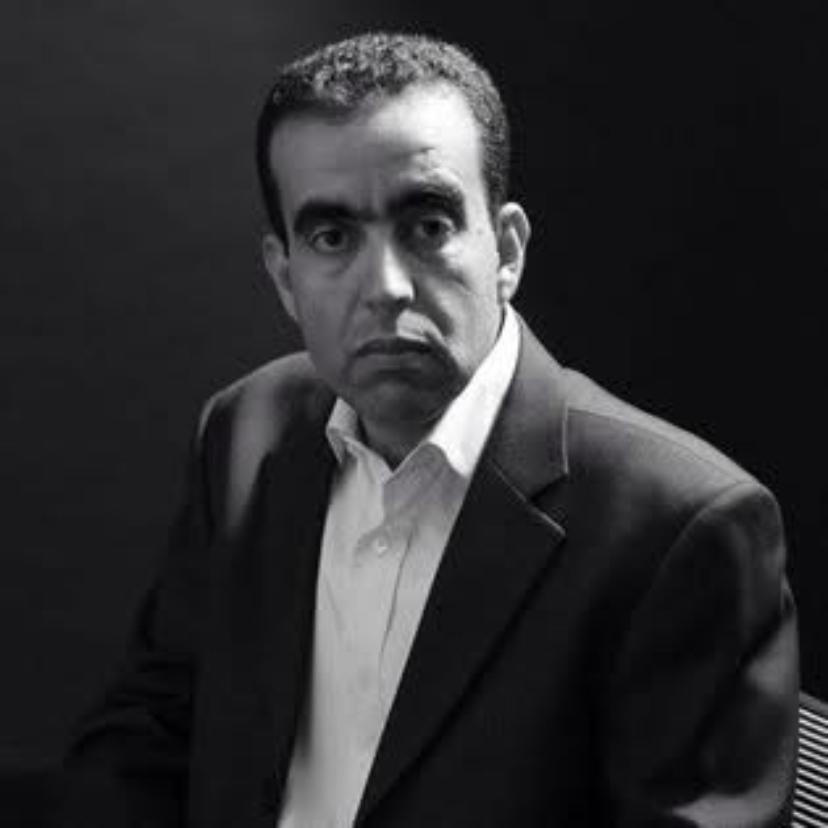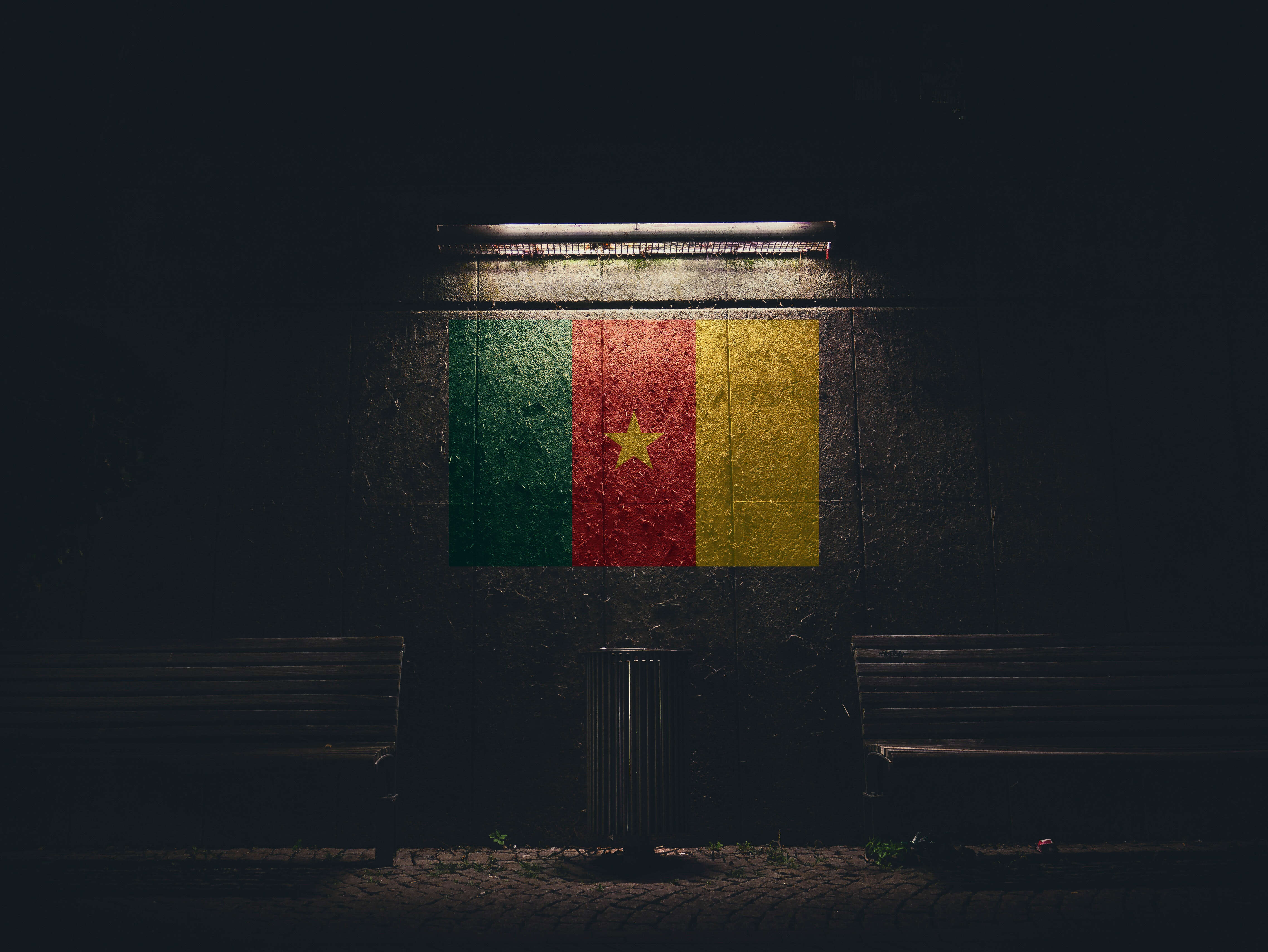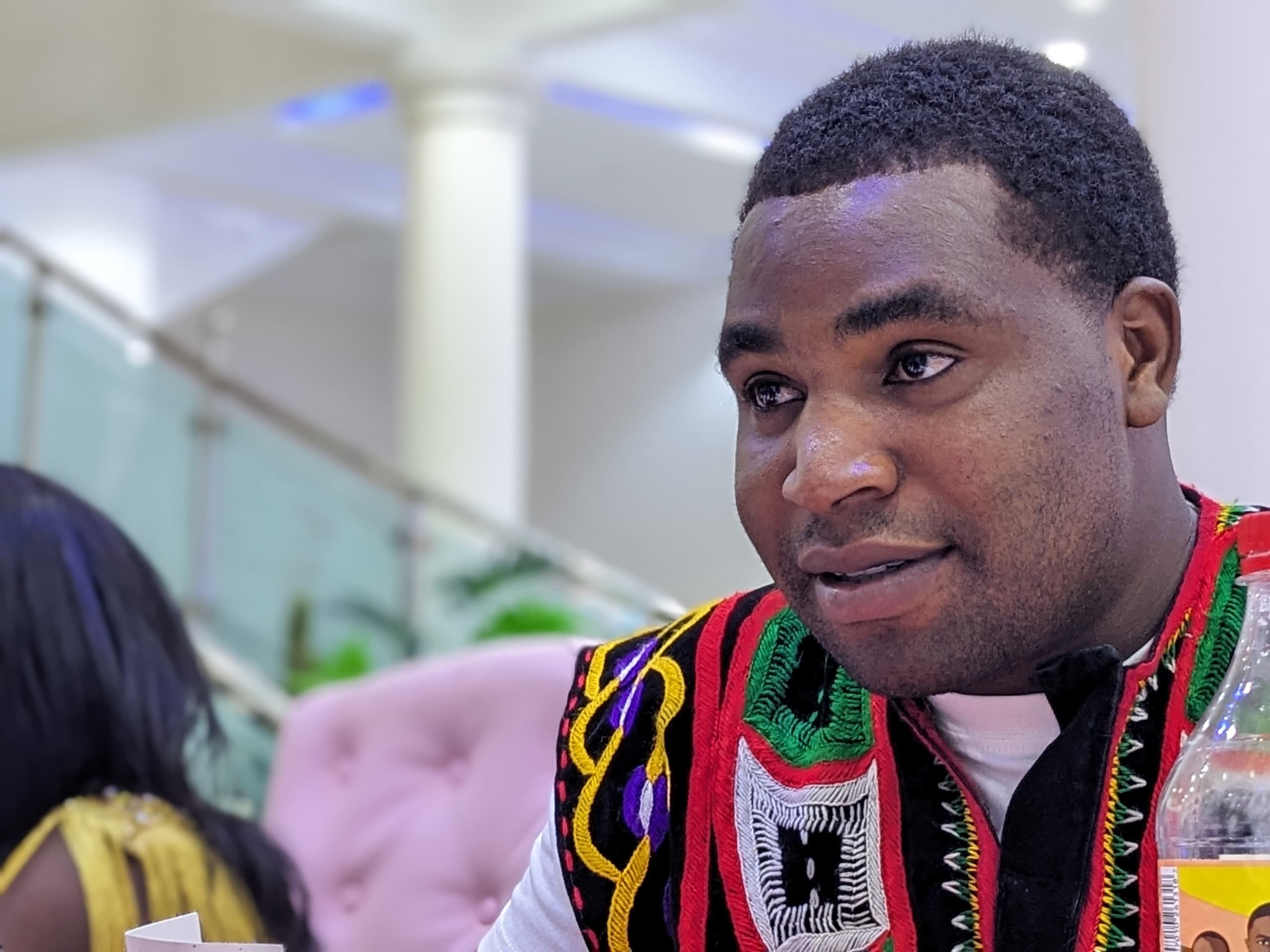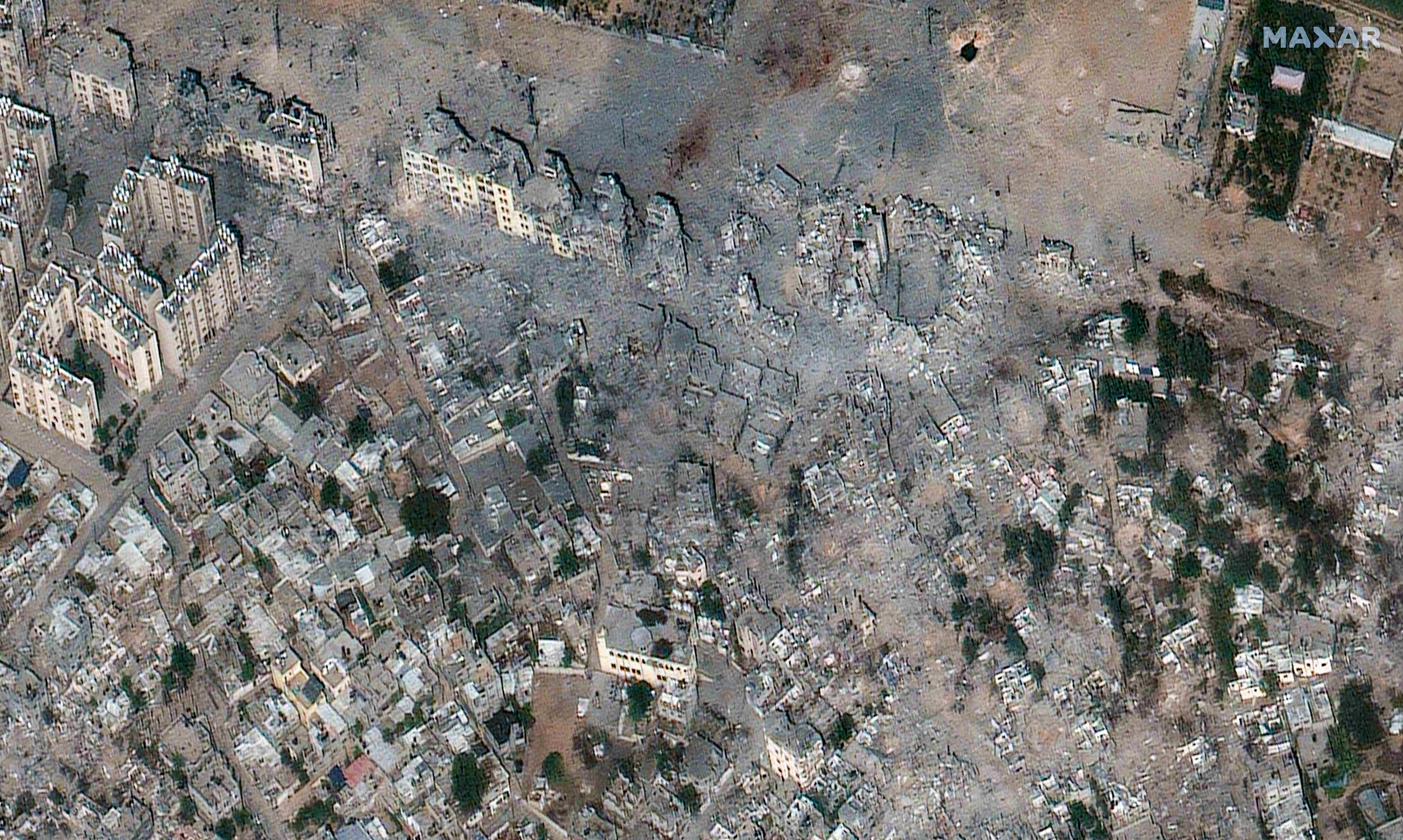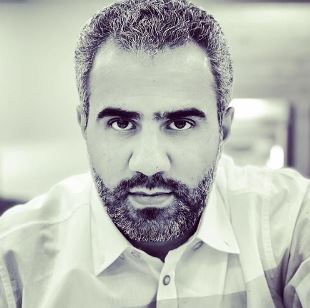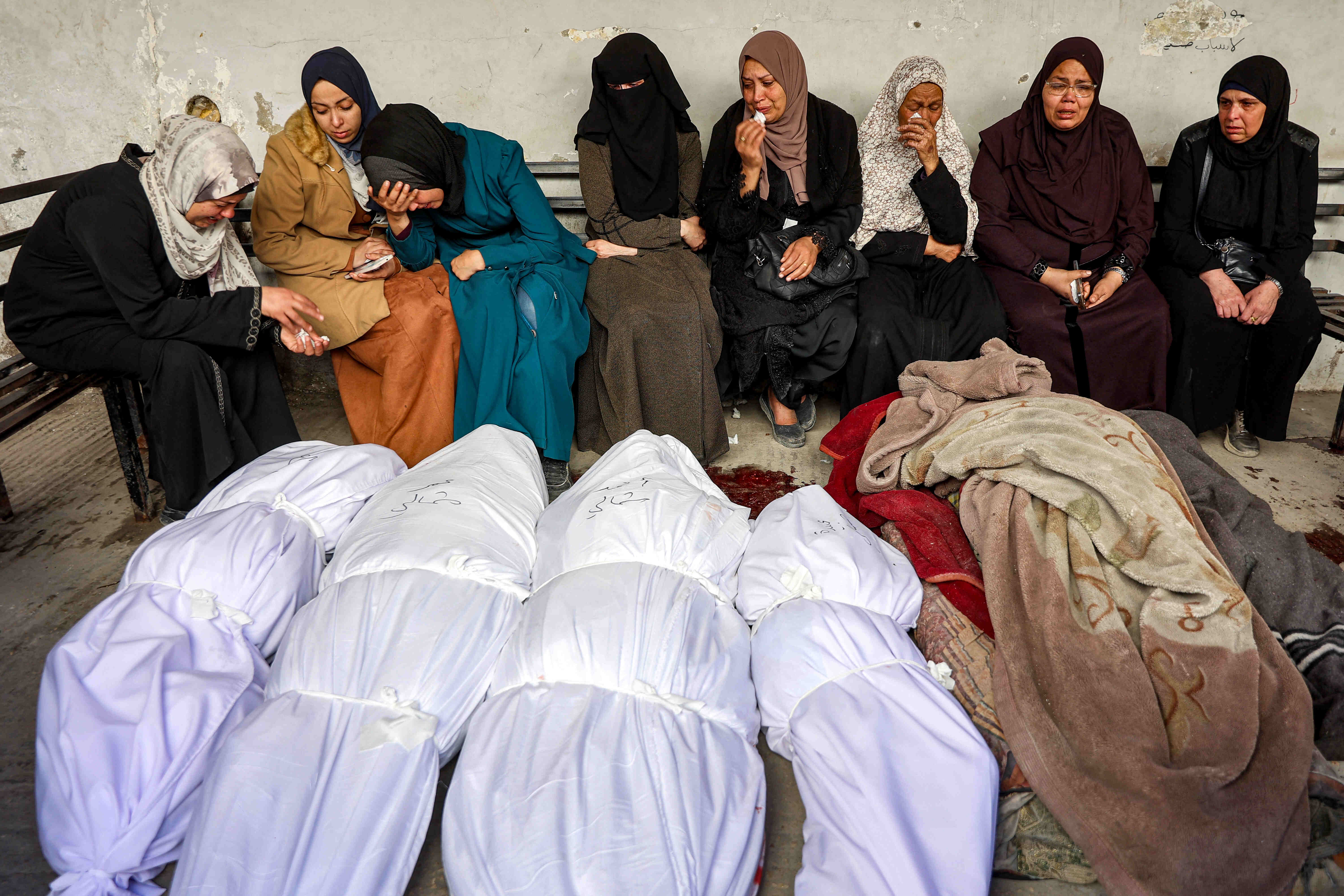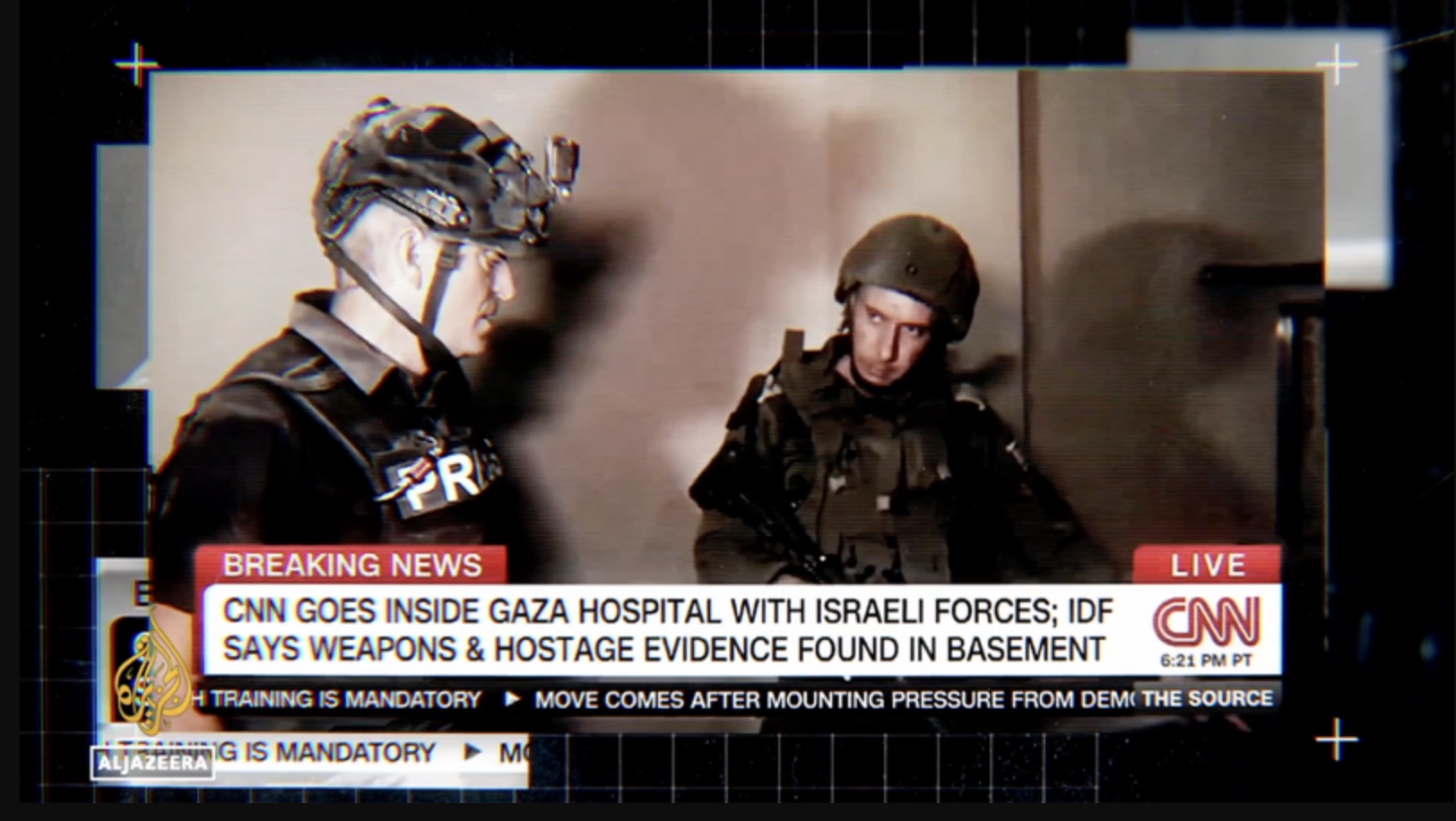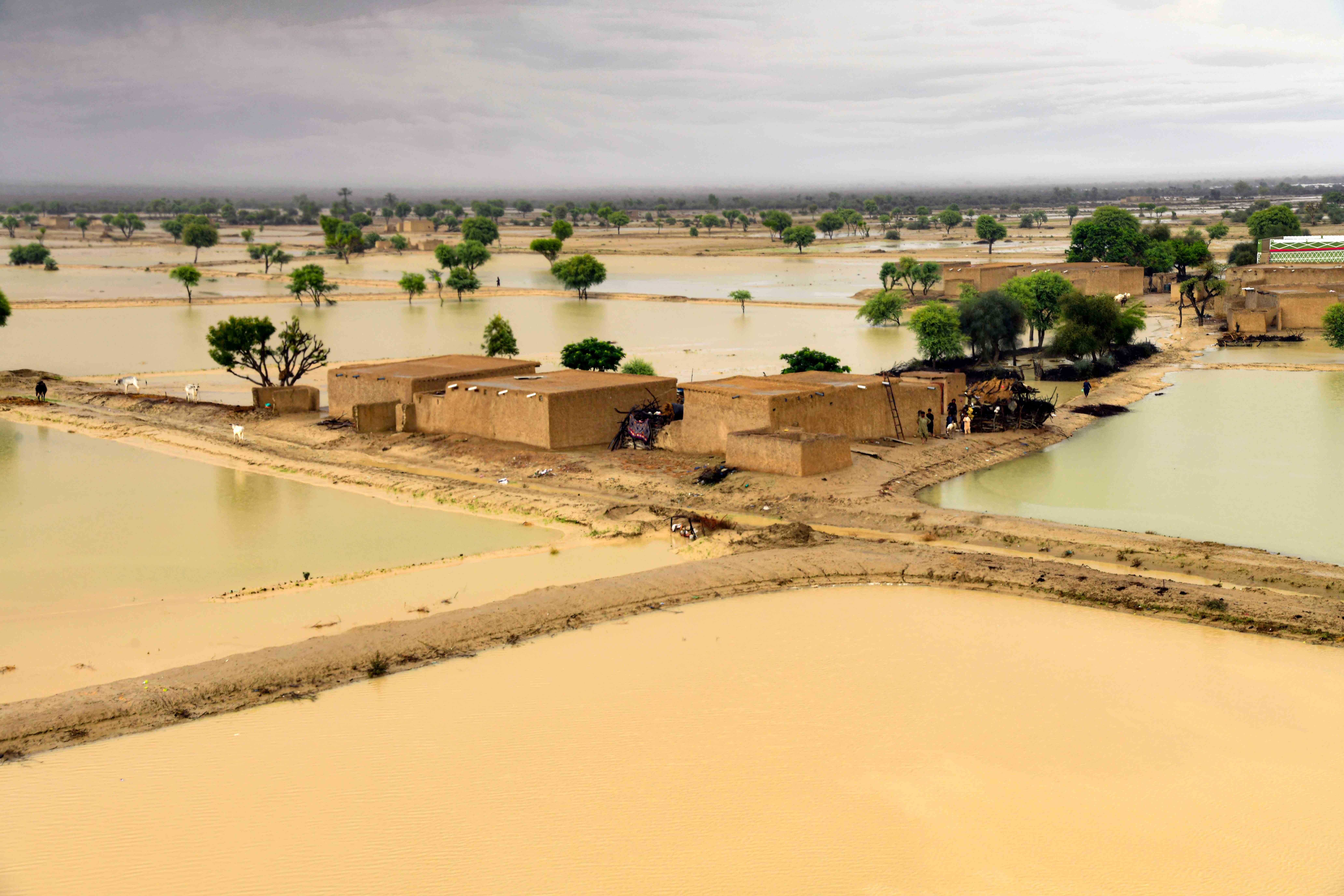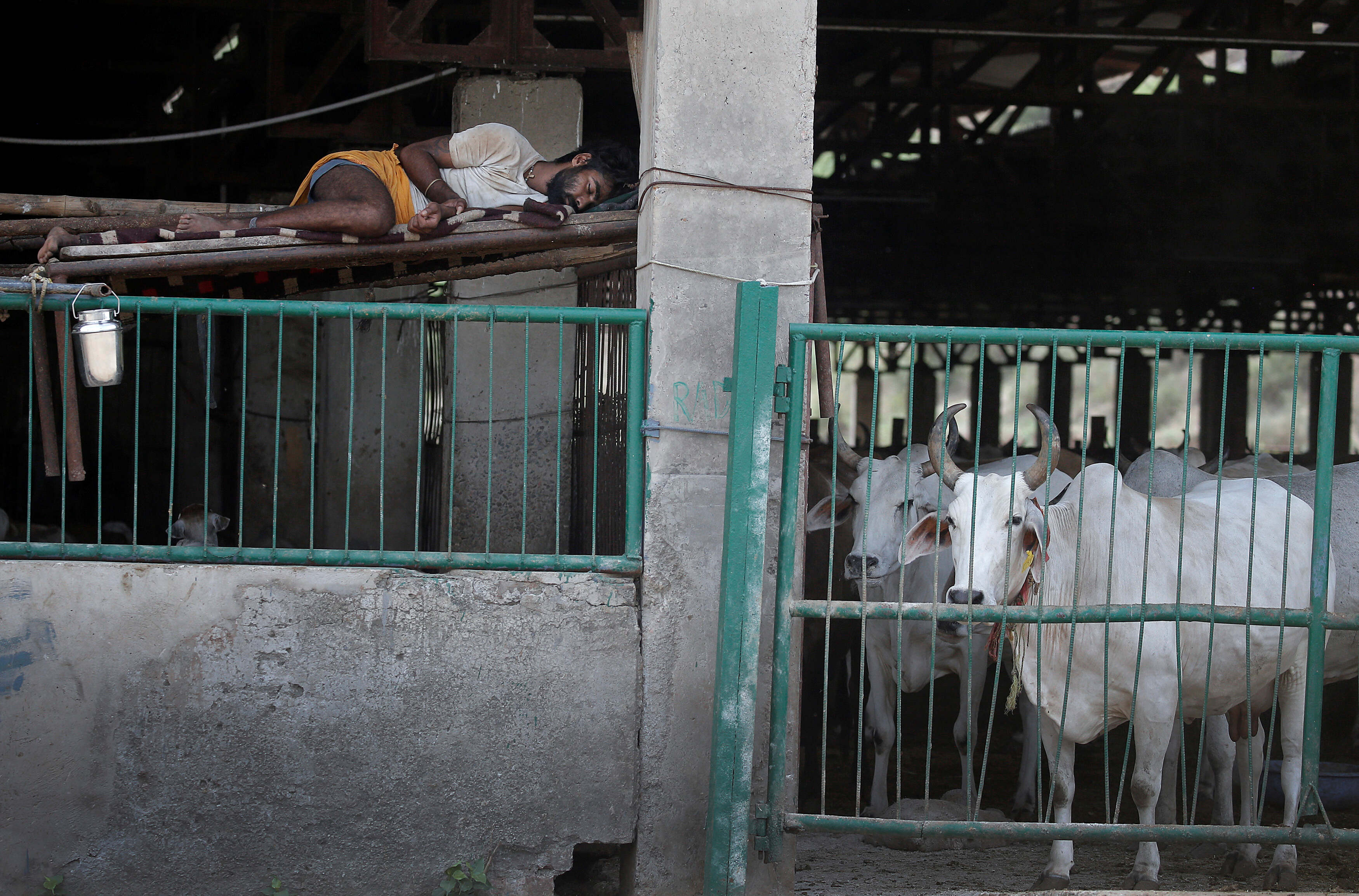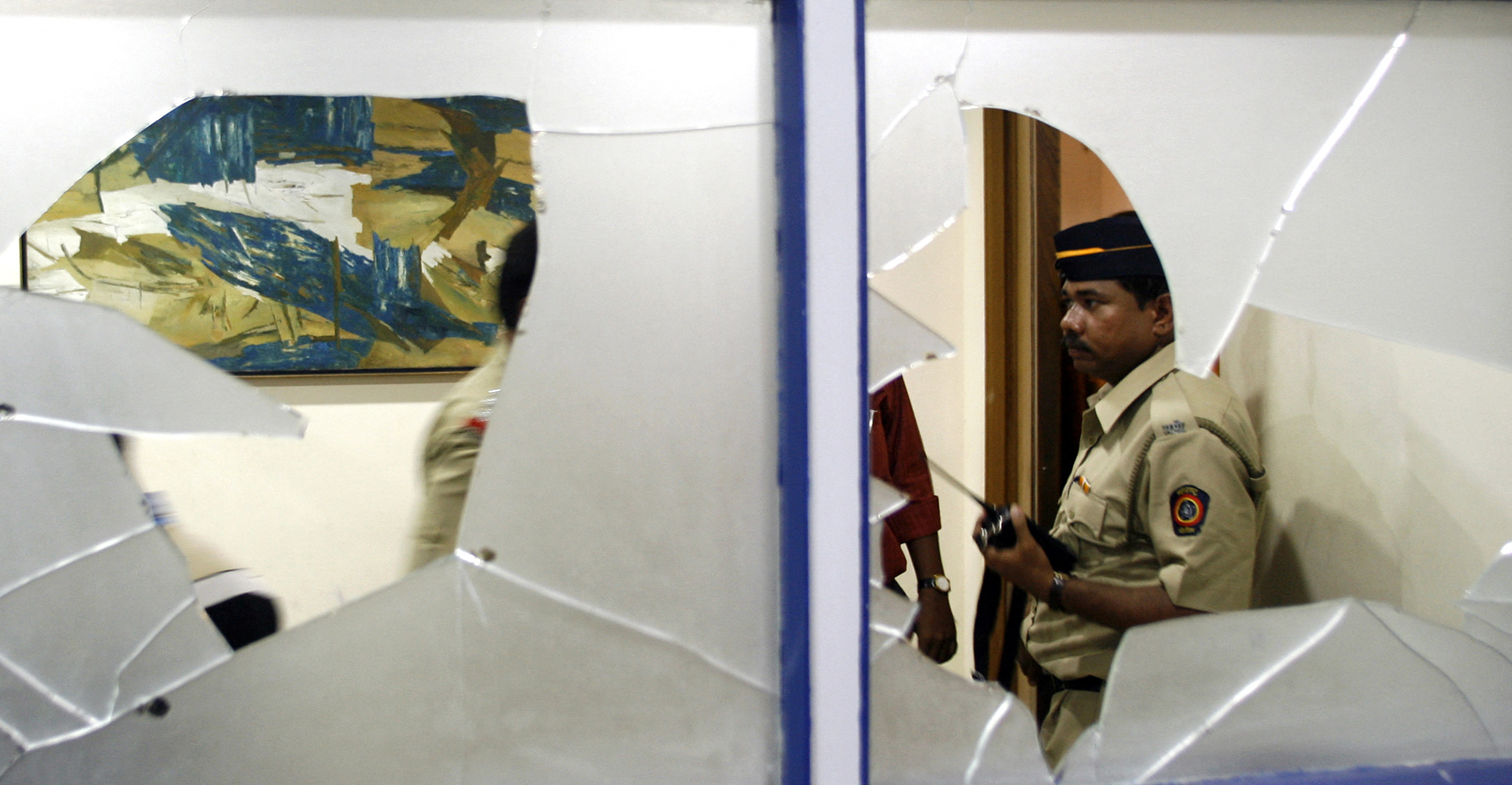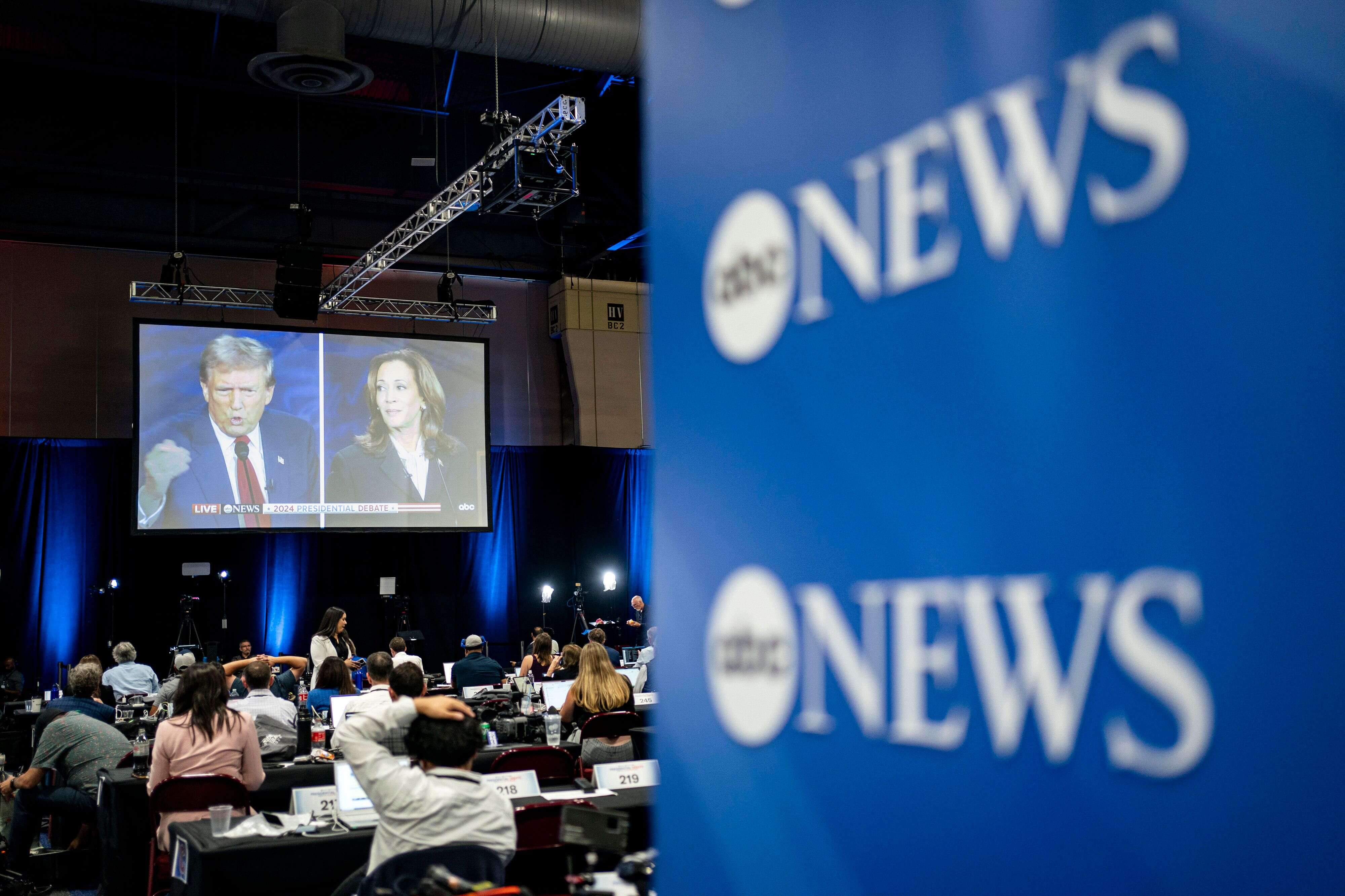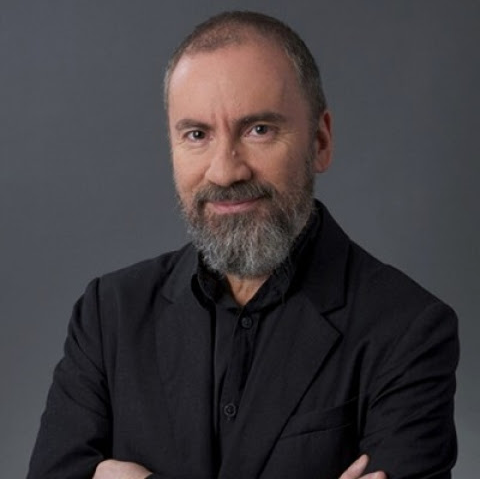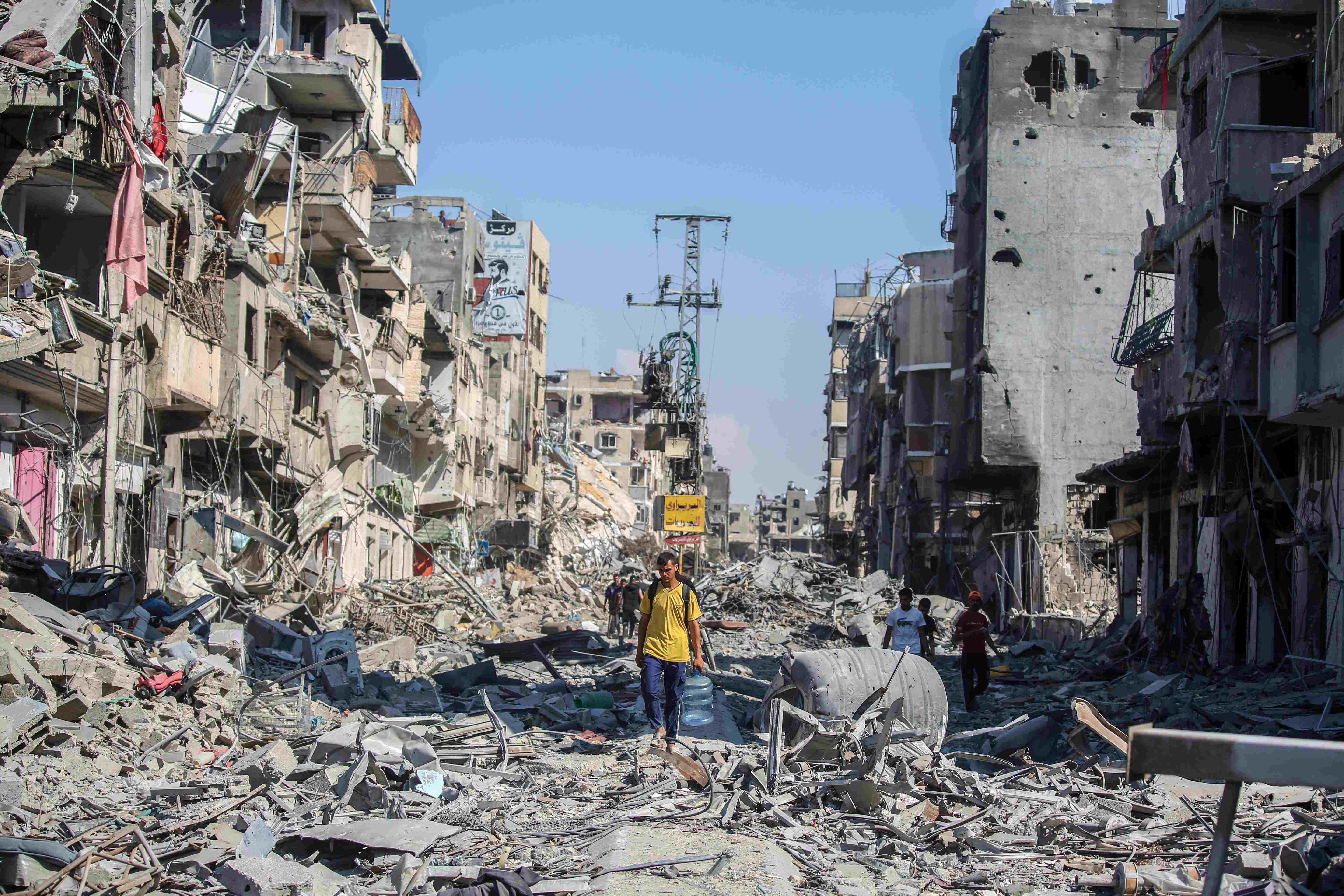What does it mean for readers when their voices are deliberately cut off? This content analysis of The Telegraph, a UK-based conservative newspaper known for its pro-establishment stance and alignment with right-leaning narratives, shows it systematically disabled Instagram comments on Israel-Gaza posts, blocking dissent and shaping a one-sided, pro-Israel narrative.
A recent analysis on UK-based newspaper, The Telegraph shows that the outlet has carried out a systematic and selective disabling of the comment feature on its Instagram posts related to the Israel-Gaza war. The action represents a deliberate attempt by the media outlet to control the narrative and divert it in favour of Israel. By turning off the comment feature on Instagram posts, especially those concerning opinion articles written about the Gaza war, The Telegraph has altered its social media account into a one-way platform without allowing democratic engagements or alternative opinions.
The study shows that The Telegraph has turned off the comment section on around 40 percent of its posts containing the keywords Gaza, Israel, and Palestine after October 7, 2023. This conclusion is based on a digital scraping of more than two thousand Instagram posts uploaded between October 7, 2023, and March 30, 2025.
The key quantitative findings include:
- Out of more than 2,000 posts, around 240 were found to contain at least one of the three keywords. More than 90 of these posts had their comment sections disabled.
- In October 2023, 43 out of 44 war-related Instagram posts were found to have disabled comment sections.
- In November 2023, more than 90 percent of the posts containing related keywords were uploaded with comment sections disabled.
- According to the word cloud analysis of captions from Instagram posts with disabled comment sections, the term ‘Israel’ appeared most frequently, mentioned over 150 times. ‘Gaza’ was mentioned around 118 times, ‘Hamas’ 94 times, while ‘Palestine’ appeared only 38 times. While “Israeli” was mentioned 65 times in the captions, the term “Palestinian” was only mentioned 19 times in total.
Surprisingly, despite it being the leading news story at the time, The Telegraph did not upload a single Instagram post about Hamas’ attack on Israel on October 7. The attack was considered the biggest security failure for Israel, and this omission can be considered as a tactic to get away from the immediate public discussion of that failure on their platform.
Suppression of Dissent
October is the month with the highest number of the posts related to Gaza war. All of them except one were uploaded to the Instagram without comment feature. A large number of posts with disabled comments were found either opposing Hamas or supporting the narrative promoted by Benjamin Netanyahu. The earliest post without a comment section was published by The Telegraph on October 7, titled "Israel at ‘war,’ says Netanyahu." Within a week, The Telegraph uploaded to Instagram two articles by its own defence and foreign affairs editor, Con Coughlin. The comment sections were disabled on both posts, each openly calling for revenge for the attack on Israel.
On October 11, 2023,TheTelegraph uploaded an aerial picture showing the bodies of those killed on October 7, with the caption: “They chop the heads of women and children.” However, forensic investigations carried out by Al Jazeera’s Investigative Unit, along with fact-checks by FactCheck.org and PolitiFact, confirmed that the story of babies being beheaded was false. Since the comment section was disabled on the post, no one could raise the issue under the post, nor has The Telegraph withdrawn the post.
By turning off the comment feature, the outlet succeeded in shutting down comments questioning the logic of its framing. Even in posts showing Gaza’s devastation, the outlet muted public response. On October 12, The Telegraph posted a gallery of images of the devastation happening in Gaza by the bombardments of Israel. Yet, the comment section was disabled, shielding them from backlash over their double standards, defending the war in an opinion piece while posting images of Gaza’s devastation on the very same day.
In later months, even posts describing the critical conditions in Gaza or showing emotive photos of Gazan children appeared with the comment feature turned off. Opening the comment section would have helped the readers to raise their questions around the ethics of showing images of suffering while refusing to hold Israel accountable as it happened with BBC and CNN.
For example, on February 27, the BBC posted an image of a Red Cross ambulance carrying Palestinians released by Israel, with the caption: “Israel releases Palestinian prisoners after Hamas hands over hostages’ bodies.” In the comment section, many users questioned the BBC. An Instagram user with the handle ourlifeisdelicious asked, “Why is one side called prisoners and the other hostages?” Another user, javedsabah, wrote: “I cannot believe they keep using such headlines! How about going to the Palestinian hostages and asking about their experiences? Where’s your journalism then?” Similarly, more than a hundred people commented under this BBC Instagram post, questioning its bias.
CNN also faced the backlash in the comment section when it uploaded a video to Instagram with the caption: “Israel has targeted Hamas leader Mohammed Sinwar in a strike on a hospital in southern Gaza on Tuesday evening, sources say.” The top comment on that post was from an account with the username lanzybear, who wrote: “YOU CANNOT TARGET HOSPITALS! Period. (Article 18 of the Fourth Geneva Convention; Articles 19 & 21 of Additional Protocol I.) Even if a specific person (like a combatant or commander) is believed to be inside a hospital, the attacking force must distinguish between civilians and combatants. STOP ACTING LIKE THIS WAS OK OR NORMAL. YOUR CAPTION IS BAD JOURNALISM.”
By selectively disabling comments, The Telegraph has systematically suppressed the voice of the dissent and eliminated any form of the alternative dialogue or narrative that may sprout in the comment section.
Pro-Israel Framing
Most of The Telegraph’s opinion article around Gaza war were uploaded to Instagram without comment feature. The Telegraph’s first opinion article, published on October 8, was titled “Punish Iran for this despicable attack on Israeli civilians.” Bringing up Iran from nowhere within a day after the Hamas’ attack alludes to the larger narrative that the outlet wanted to frame. Multiple opinion articles were written against Iran in the month of October.
On October 13, The Telegraph also uploaded another article on Iran with the title “Iran’s Sinister Plan Is in Danger of Succeeding.” The article, penned by former secretary of state for defence Ben Wallace, was uploaded without the comment section which deterred the readers from registering their opinion on the opinion article.
Throughout October, The Telegraph continued uploading posters of opinion articles framing Hamas and Iran as real threat to the world while covering up the military actions of IDF on Gaza. On October 14, it uploaded an opinion piece by Peter Frankopan titled “Hamas’ Apocalypse Has Crafted a New World Order.” On October 15, it shared another article by Daniel Hannan titled “The West Is Truly Lost If It Cannot See Hamas for What It Really Is.” On October 18, it uploaded an opinion article by Vernon Bogdanor titled “Hamas’ Attack Was Only Motivated by Hate.”
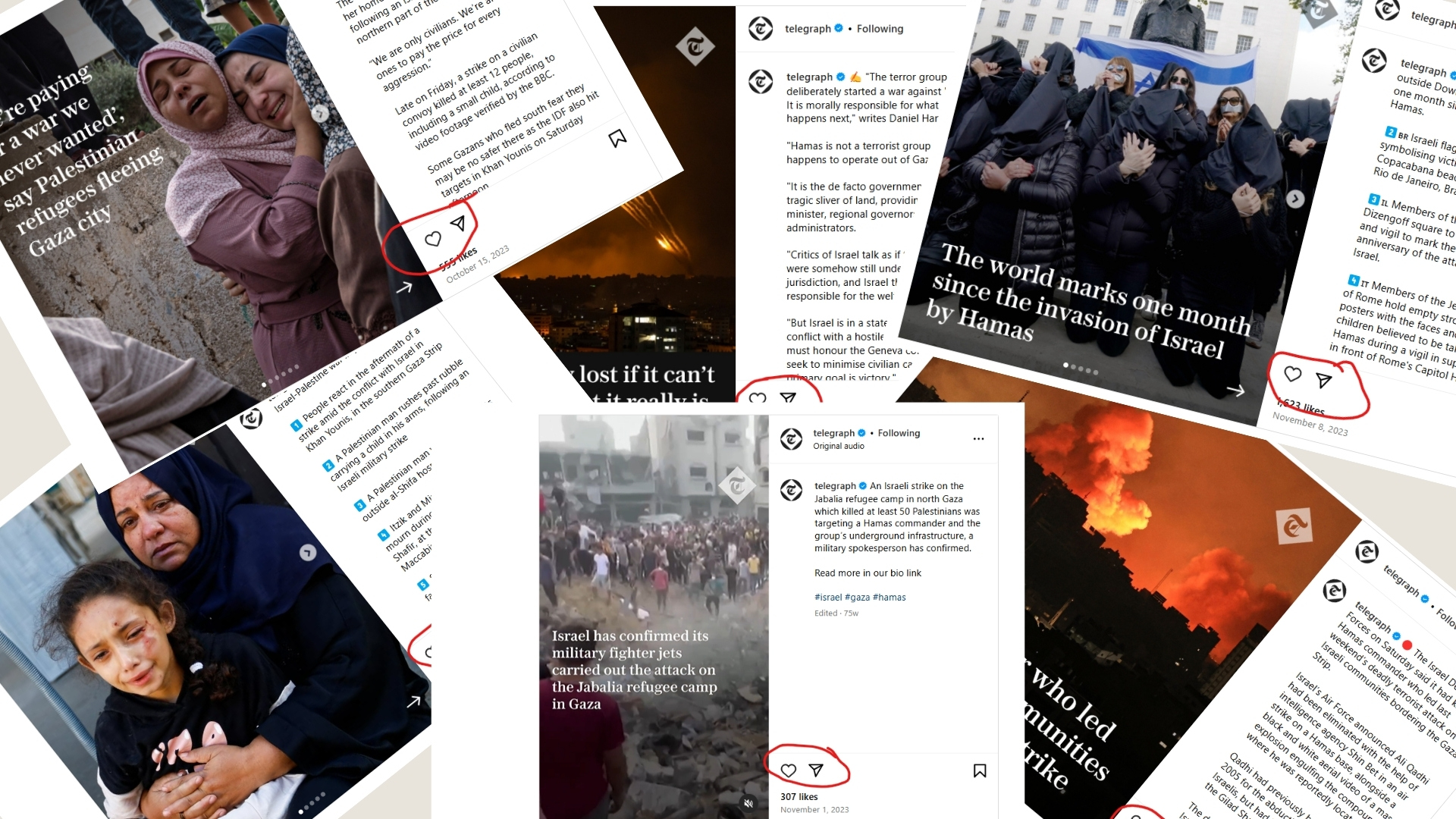
On October 22,The Telegraph uploaded another opinion piece to Instagram titled “How Hamas Is Winning the Propaganda War Against Israel,” criticizing acceptance the Palestinian cause (often dubbed as support for Hamas). Similar to other opinion articles about Gaza, this article was also published without a comment feature, likely to avoid criticism for overlooking the mass murders of IDF which kept in the headlines of the many mainstream media.
In November, The Telegraph uploaded a carousel post accusing Telegram of being used by Hamas for propaganda. Instead of using the word “Telegram,” the post was titled, “How an app run by Russia’s Mark Zuckerberg became an organ of Hamas propaganda.” In its fourth slide, it clearly mentioned that the propaganda was being carried out by highlighting the civilian casualties in Gaza.
The most obvious anti-Palestinian frame on Instagram appeared after the UN Secretary-General’s call for a ceasefire. The Telegraph published an article by Hamish de Bretton-Gordon attacking António Guterres. They uploaded a photo of Guterres with the headline ‘UN Secretary-General Must Resign.’ The Telegraph also disabled the comment section, which would likely have been flooded with criticism of their attack on Guterres and strong support for the UN’s call to end the war.
In November, when the Israeli army was continuously targeting hospitals in Gaza under the guise of “targeted attacks,” The Telegraph uploaded an article by Arsen Ostrovsky titled “Hamas are cruelly turning hospitals into targets.” By framing the story solely around alleged actions by Hamas, the article implicitly justified the ongoing strikes on civilian hospitals. Disabling the comments saved the outlet from the criticism of humanitarian workers and others who might have condemned its overt support of the genocide. In the same month, The Telegraph published another opinion article by Dominic Nichols titled “Where are the Hamas fighters?” Both articles were uploaded without the comment feature, likely to prevent criticism by the readers over covering up the atrocities carried out by IDF in Gaza.
Avoidance of Public Accountability
The Telegraph never posted the number of people killed in Gaza in any of its Instagram uploads. In October, it kept its feed focused on emotive articles about the Israeli hostages, even as thousands had lost their lives in Gaza by the end of the month. The emotive stories of Israeli hostages were uploaded to Instagram without the comment option to likely to suppress the call of the people to show the Palestinians arrested by the Israelis and killed in Israeli bombardment, as happened under the comment section of the BBC.
In January 2024, The Telegraph did not upload a single Instagram post related to the Gaza–Israel war, and the following months also saw a decline in its coverage. There are around a dozen posts describing the critical conditions in Gaza. Some of them cite international organizations such as the UN. In couple of its posts, The Telegraph has uploaded the photos of Gazan children with captions, but the commenting feature was still not enabled. Allowing comments would have enabled readers to question the ethics of showing Gaza’s suffering while avoiding Israel’s accountability, and to challenge the double standard of supporting Israel yet lamenting Gaza’s destruction.
A remarkable spike in the number of posts can be observed in October 2024, during the first anniversary of the Hamas attack. Surprisingly, many of them were uploaded with the commenting feature enabled, except for an opinion article by Daniel Hannan, a picture story from Gaza, and an Instagram gallery of photos from Gaza. The title of the picture story uploaded without the comment facility is a quote from a mother of Gaza: “We are paying for a war we never wanted.” Even after a year and thousands of deaths, The Telegraph continued to frame Israel’s actions because of Hamas’s conduct. By selectively disabling comments, the outlet appeared to manage the narrative it presented while limiting public engagement and calls for Israel’s accountability.
Two Years On
On the second anniversary of October 7, The Telegraph posted multiple stories about Israelis killed by Hamas. While the framing emphasied Israeli victims, the majority of comments expressed solidarity with Palestinians killed by Israel and condemned the ongoing genocide.
Its latest Instagram post, titled “Hamas murdered my son on Oct 7. Why won’t they give his body back?” has received 248 comments, with more than 90 percent voicing support for Palestine or denouncing Israel’s actions, many also questioning The Telegraph’s bias. One user, bellanoga, wrote: “Israel killed thousands of babies, children, and innocent civilians… Palestine shall be free.”
By disabling comments at the outset of the war, The Telegraph systematically silenced perspectives that challenged its framing. This suppression muted public calls to end the genocide and lift the siege of Gaza, effectively helping shield Israel from accountability.
